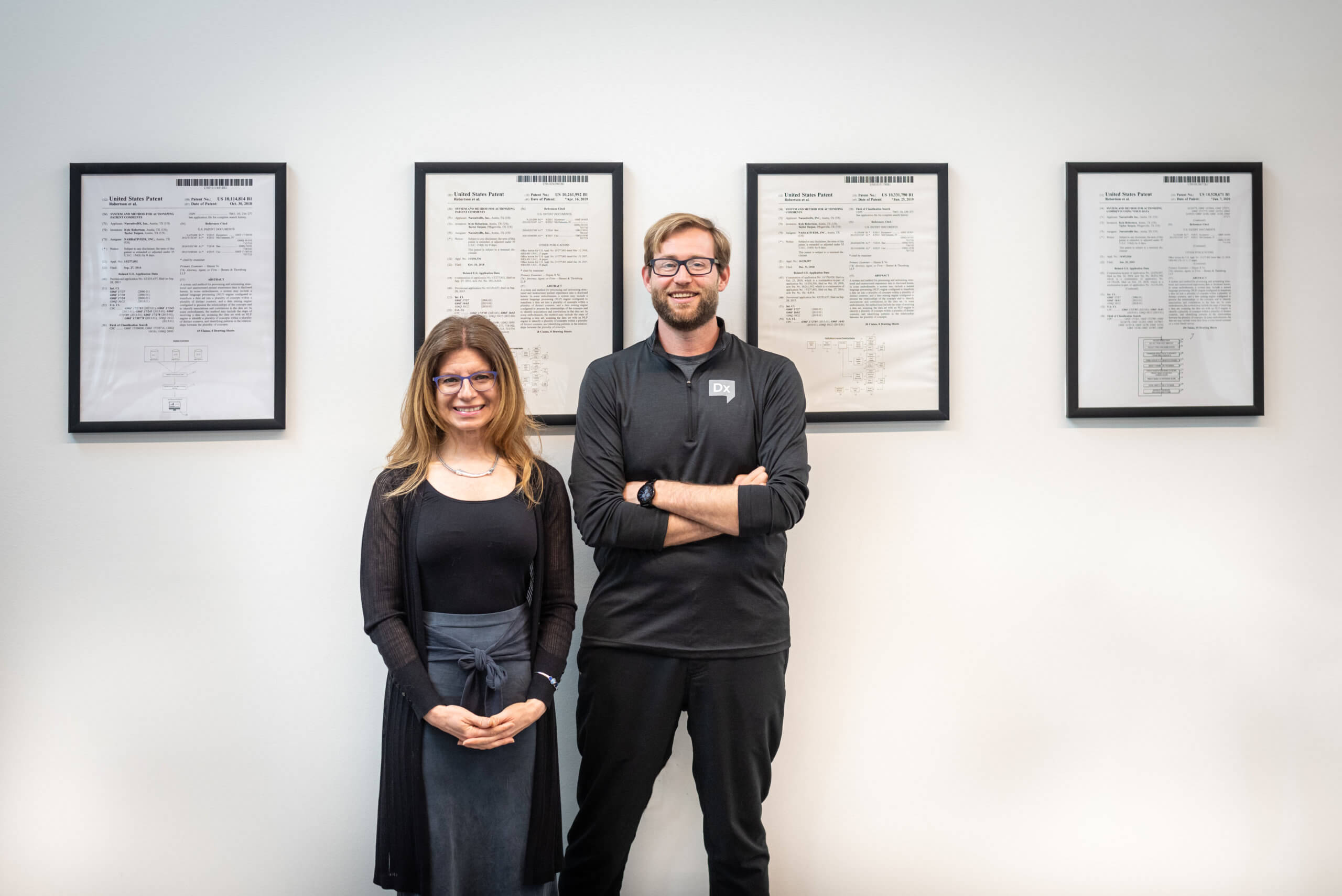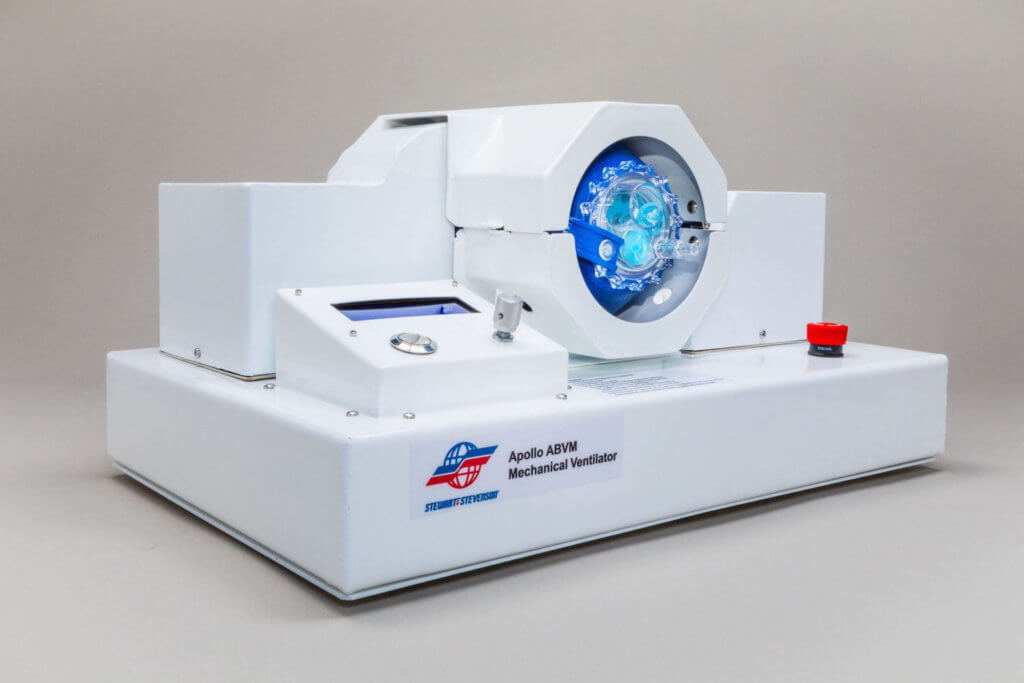Despite hospital delays and fear of COVID-19, patients express gratitude to doctors and staff

In the early months of the coronavirus pandemic, as United States health providers struggled to understand a mysterious and deadly disease, an artificial intelligence platform was able to paint a clear picture of how patients were feeling.
Patients were grateful for the professionalism of doctors and staff in the midst of the greatest public health crisis in modern history, according to NarrativeDx, a graduate company of the 2018 TMCx digital health program.
Between Feb. 1 and April 4, the AI platform gathered more than 7 million patient survey comments from hospitals and health care providers across the country and assessed how patients were perceiving the pandemic, what they were worried about and how their perceptions of care were changing, according to an article published in the NEJM Catalyst in April 2020. Early comments originated from patients in Washington state, New York and Boston—locations where the pandemic first hit in the U.S.
::::::::::::::::::::::::::::::::::::::::::::::::::::::::::::::::::::::::::::::::::::::::::::::::::::::::::::::::::::::::::::::::::::::::::::::::::::::
Looking for the latest on the CORONAVIRUS? Read our daily updates HERE.
::::::::::::::::::::::::::::::::::::::::::::::::::::::::::::::::::::::::::::::::::::::::::::::::::::::::::::::::::::::::::::::::::::::::::::::::::::::
Using patented AI technology to study patient satisfaction reviews, NarrativeDx helps hospitals and providers translate patient feedback and opinions into insights that offer ways to improve care. While other AI algorithms are designed to recognize patterns, images and faces, NarrativeDx’s platform is based on natural language processing that deciphers patient comments, factoring in the nuances of tone and metaphorical expressions.
“[Hospitals] could go look at claims data or outcomes data, and they’d see … there’s a rise in these cases and a rise in deaths,” NarrativeDx co-founder Kyle Robertson said, “but our product happens to be the only one that can tell you from the patient perspective what they’re feeling.”
Over the course of the 9-week period, NarrativeDx found that slightly more than half (52 percent) of the patient comments related to the pandemic. Chief complaints were centered on hospital operations—such as long wait times, scarcity of COVID-19 tests, delayed services (like ultrasounds and X-rays)—and poor hygiene and cleanliness of the hospital environment, which heightens the risk of potential exposure to the SARS-CoV-2 virus, which causes COVID-19.
Feedback about cleanliness indicated that patients were concerned about surfaces not being sanitized between patients in exam rooms, the same pillows being used by multiple patients, the lack of hand sanitizer stations available and crammed waiting rooms.
“Cleanliness has been part of these [patient experience survey] questions from the get-go … but not very many people paid attention to it,” said Senem Guney, Ph.D., the other NarrativeDx co-founder. “All of a sudden, you see patients talk very specifically about cleanliness, which was not something we encountered before COVID.”
However, even as negative feedback about certain processes rose, positive comments about health care workers increased in the middle of March 2020.
Patients appreciated the compassion, kindness and empathy of their doctors and staff during a time of extraordinary stress and anxiety, according to NarrativeDx. For example, many patients expressed gratitude toward their care teams, writing comments along the lines of “The office staff and [doctor] look so extremely tired and worn out due to [COVID-19] but they all were kind and explained everything to the fullest.”
“There was a lot of panic from both sides not knowing what to do, exactly,” Guney said. “There were a lot of complaints about cleanliness, waiting for tests and treatments and longer wait times for non-COVID patients. But in the midst of all this, [patients] were very appreciative … of the effort and the care that the providers were putting in given the circumstances.”
As hospitals implemented new safety measures and visitor policies—such as increased cleaning, screening and social distancing—and patients adjusted to the “new normal,” negative comments began to taper off, while positive comments continued to increase.
“On average, people viewed their physicians more favorably during the pandemic because they know what their doctors are facing, they know there are restrictions on PPEs, they know that it’s long work hours amid all of this,” Robertson said. “That was a really great point for humanity.”
Mimicking human language
Within a week of the U.S. coronavirus outbreak in March 2020, NarrativeDx was acquired by Press Ganey, a major provider of patient satisfaction surveys nationwide.
“We were so fortunate that we could deliver [our technology] in that moment,” Guney said.
A social scientist and expert in language data analysis, Guney developed the idea of conducting thematic analyses of people’s comments and feedback to understand and improve health care experiences. She partnered with Robertson to start NarrativeDx in 2014.
“If you want to understand that experience, you have to look into language data alongside numeric data,” she explained. “Insight is always going to be in what people say in their own words about their experiences.”
The concept behind NarrativeDx could be applied to any product or service in any industry, but Guney decided to focus specifically on health care.
“Even though experience is everywhere in every kind of service transaction, your experiences of health care services are very important to the delivery of services that are about life and death,” Guney said.
The more comments NarrativeDx reads, the smarter the platform gets.
“Imagine a thousand of me in a box,” Guney said. “It mimics the expertise of a language analyst to read unstructured text (in a natural language) line by line and then to categorize components of it under specific themes in order to reveal trends.”
Patient feedback is important for hospitals to improve their quality of care and their bottom line. For example, the Hospital Consumer Assessment of Healthcare Providers and Systems (HCAHPS) survey measures patients’ perceptions and opinions of their hospital experience. First implemented nationwide in 2006, the survey has since been required by the Centers for Medicare & Medicaid Services for all hospitals in the country—a pay-for-performance model that ties patient satisfaction to reimbursement and revenue growth. Negative survey scores could lead hospitals in poor standing to forfeit their reimbursement, while hospitals with higher scores are rewarded with incentive payments.
“The scores tell you where you are, but they don’t tell you how you got there or what you need to do to improve,” Guney explained. “If you’re able to scale the analysis of patients’ narratives and comments in large volumes over time and see trends just as you would from numbers, you have a much better understanding of what needs to be done from the patient’s perspective.”
Ultimately, NarrativeDx helps make sure patients’ voices are heard by hospitals and providers in order to effect change. This is especially important in the midst of a pandemic.
“We created something that amplifies the patient’s voice and shows that their stories—their narratives—matter for improving care,” Guney said.




